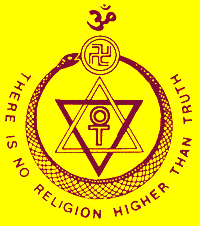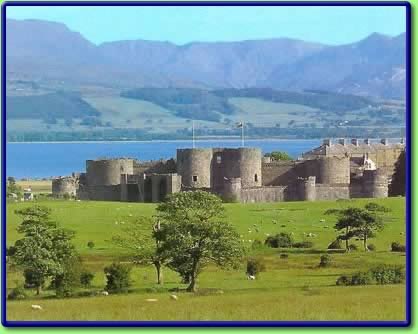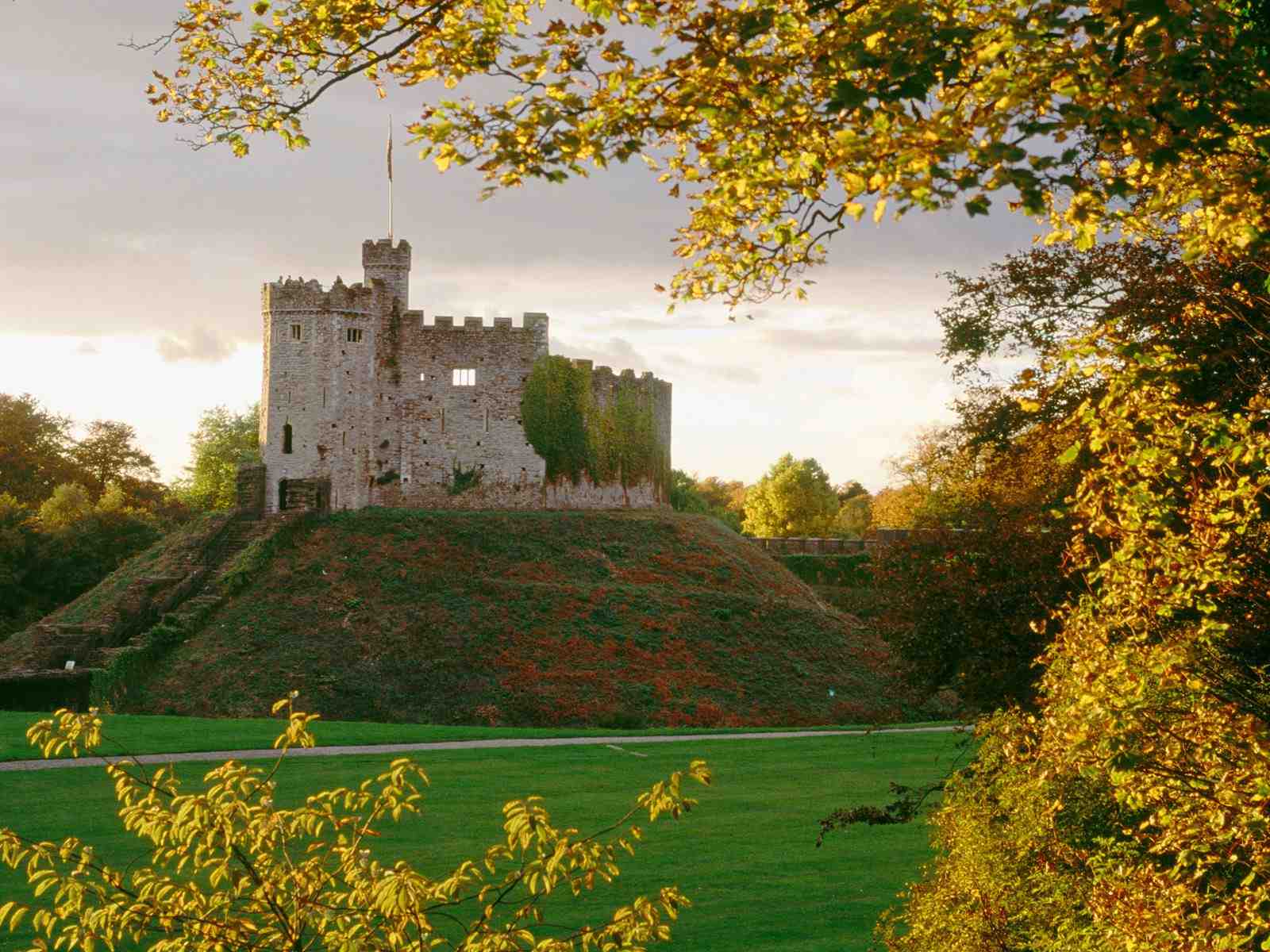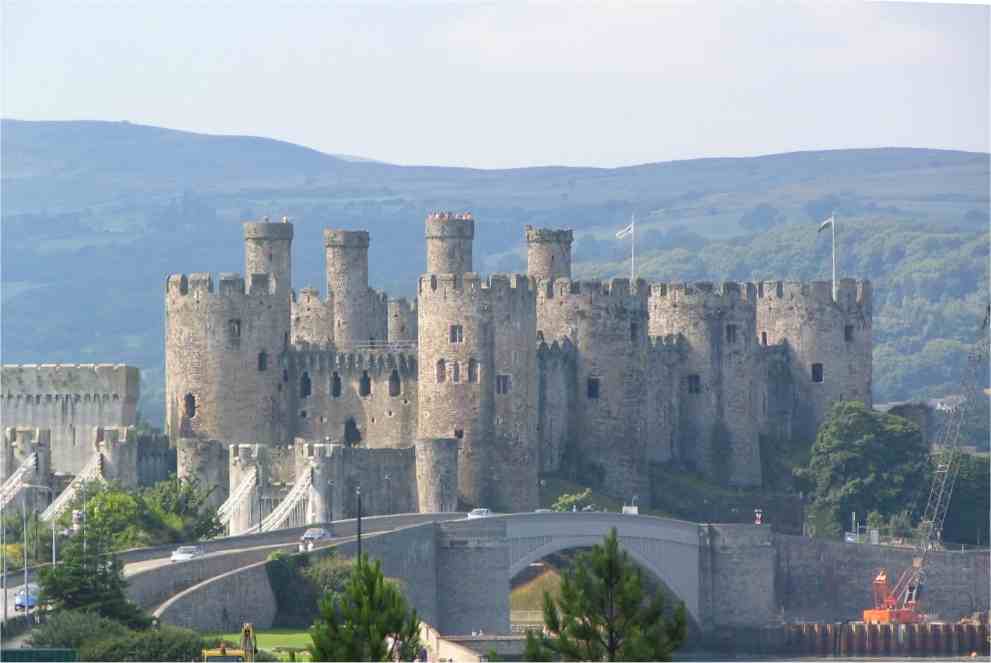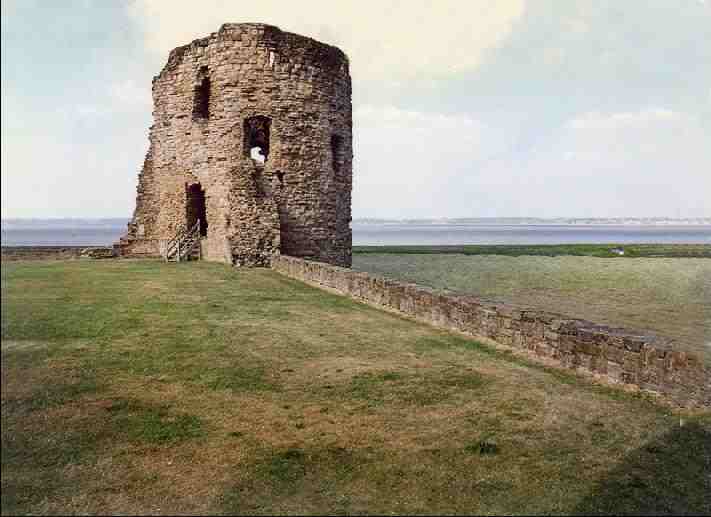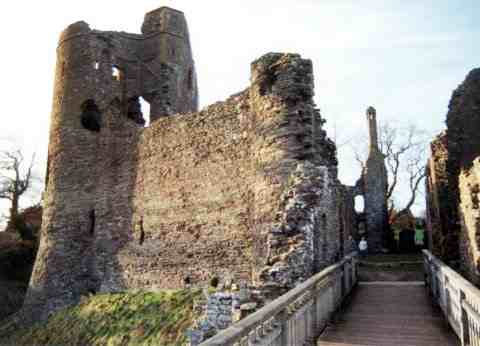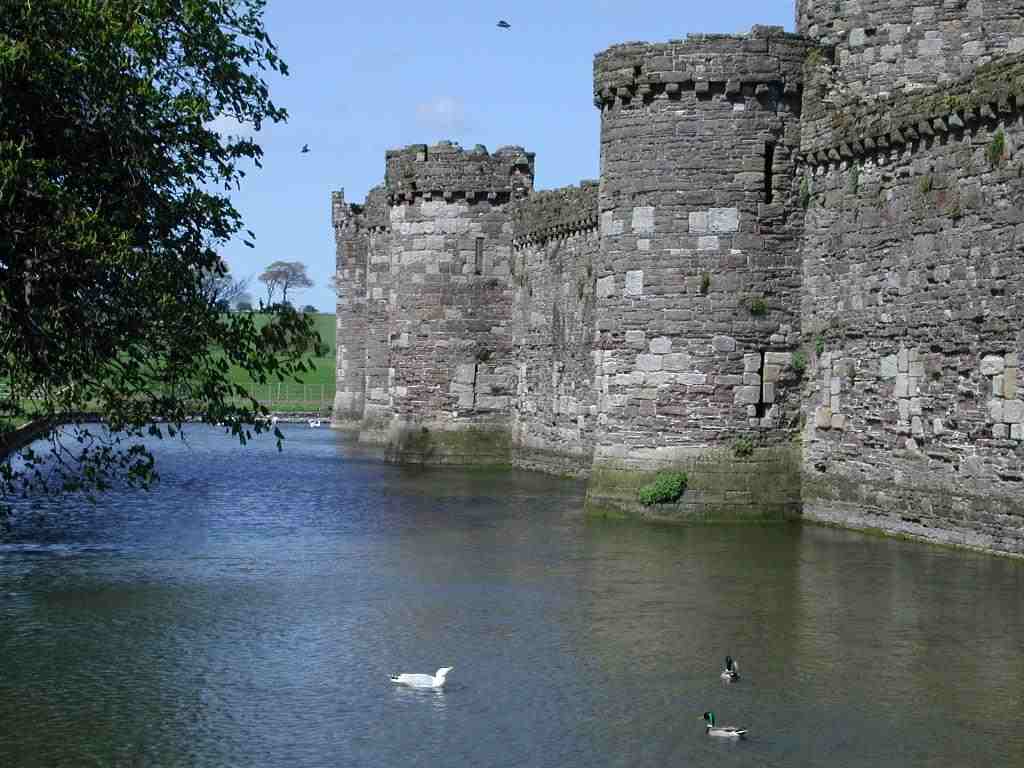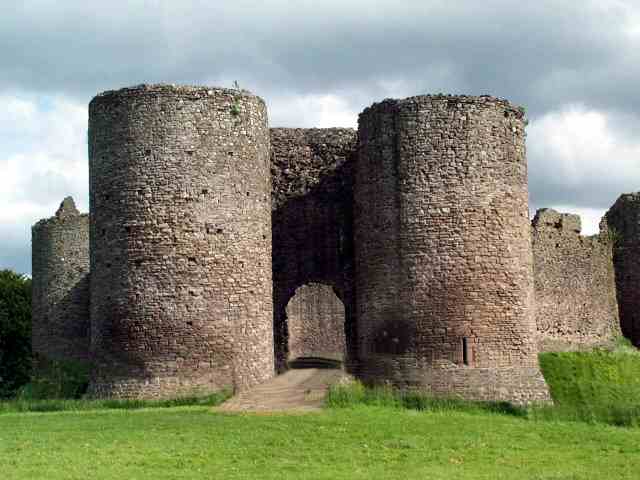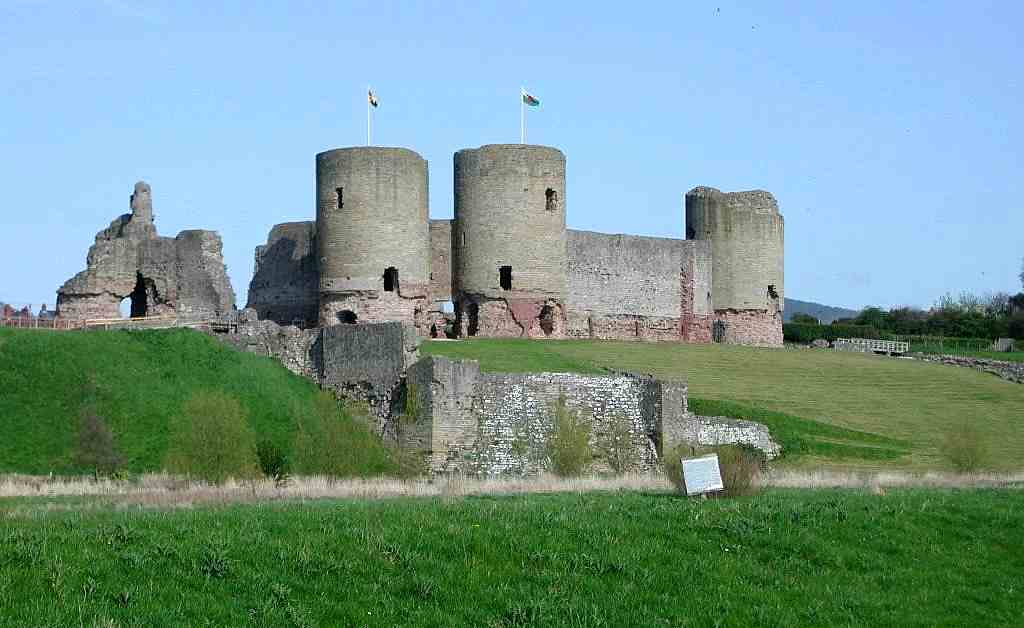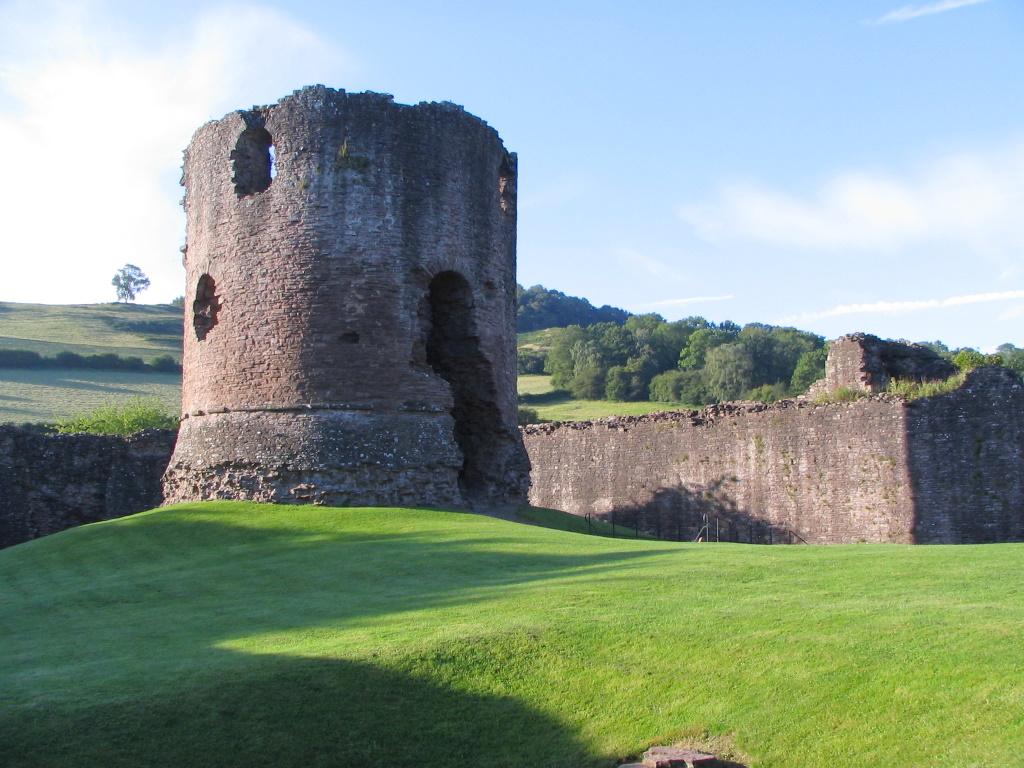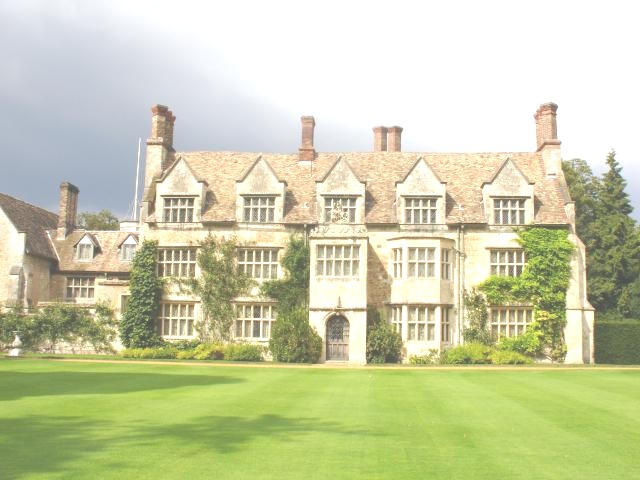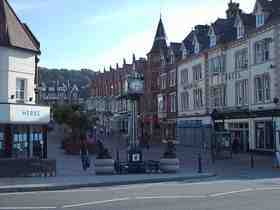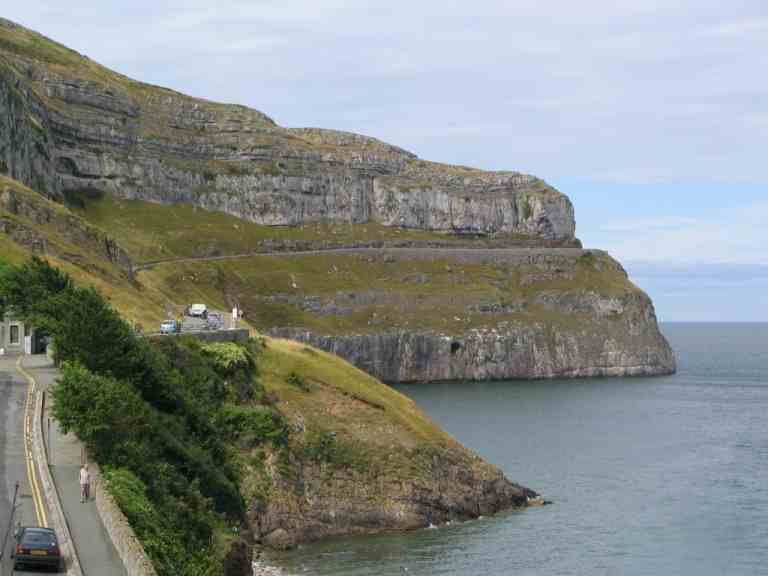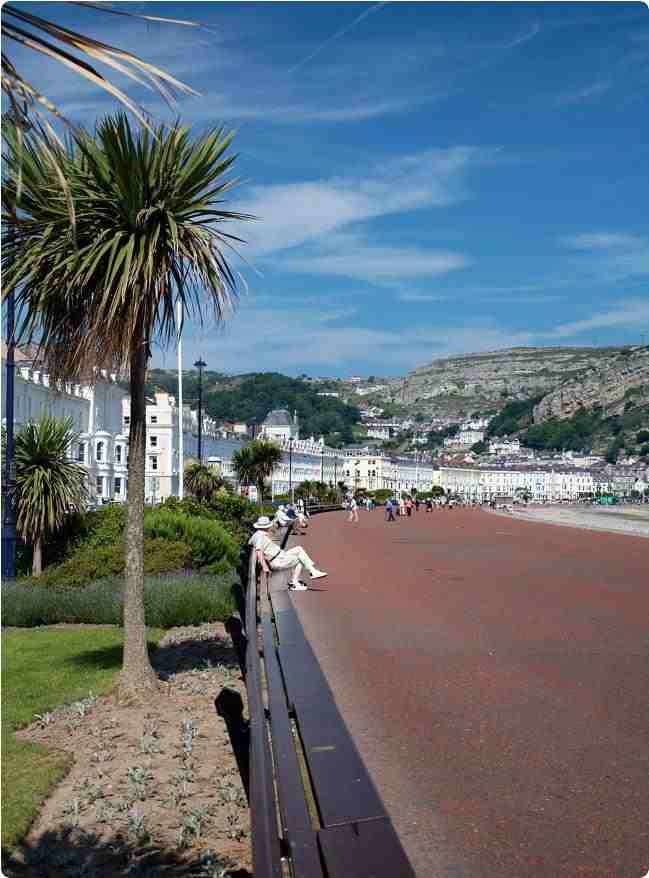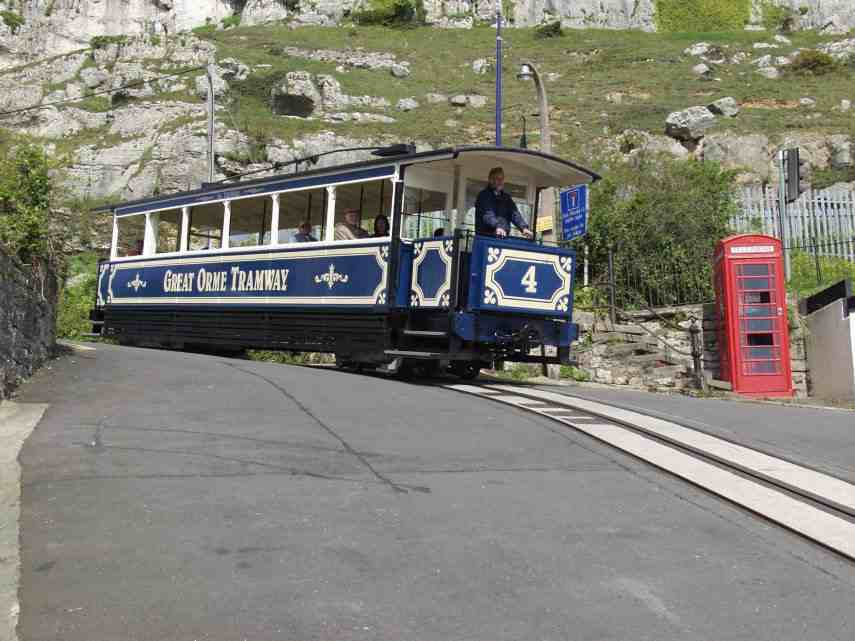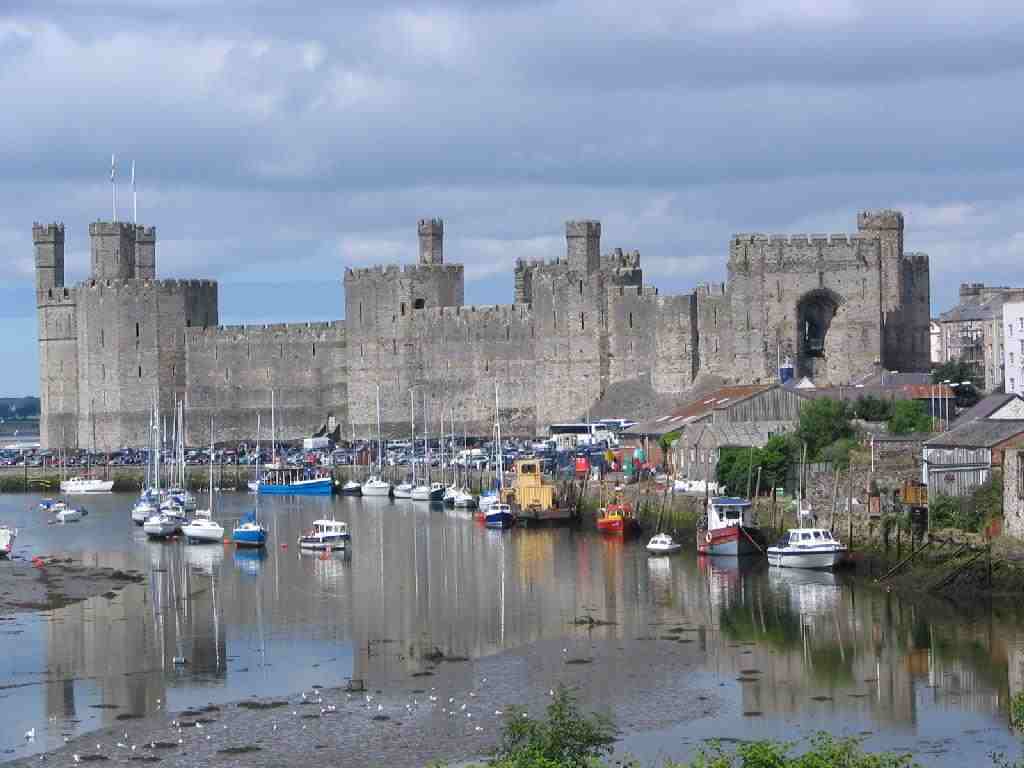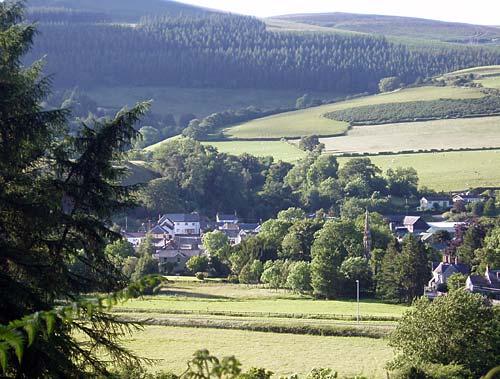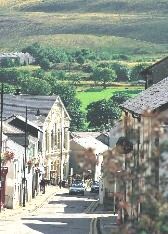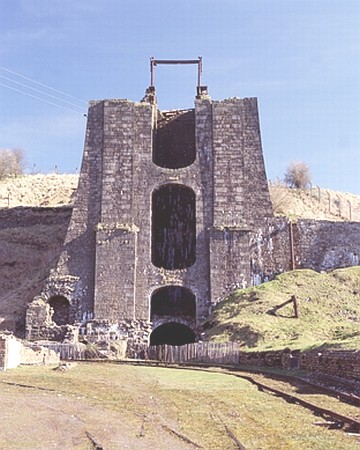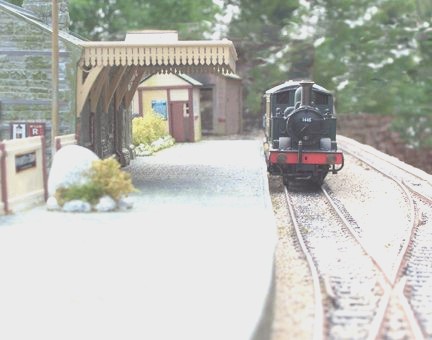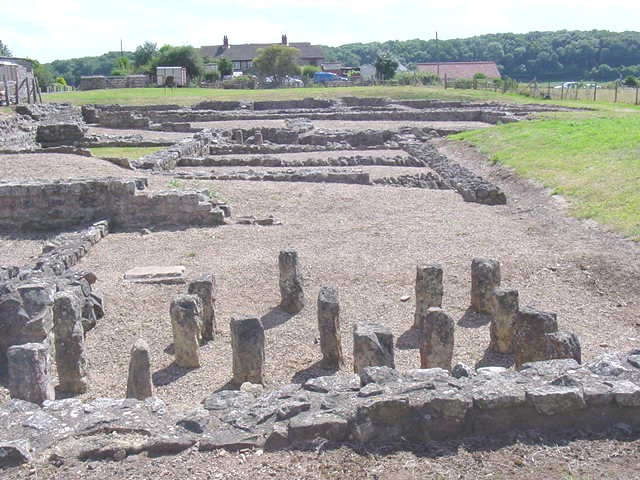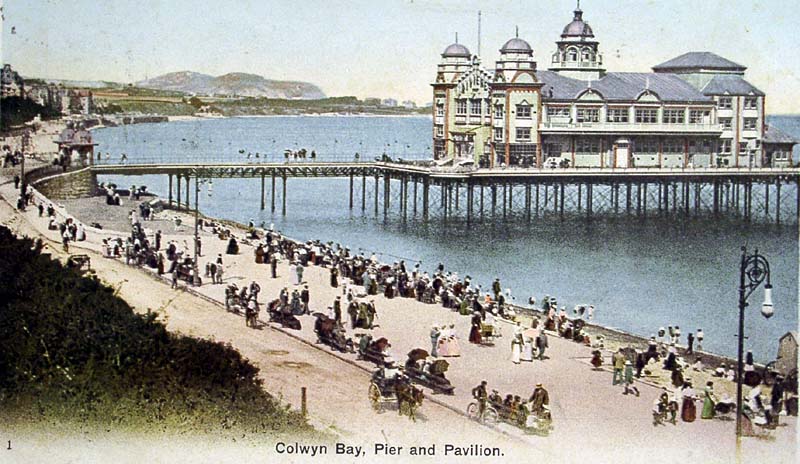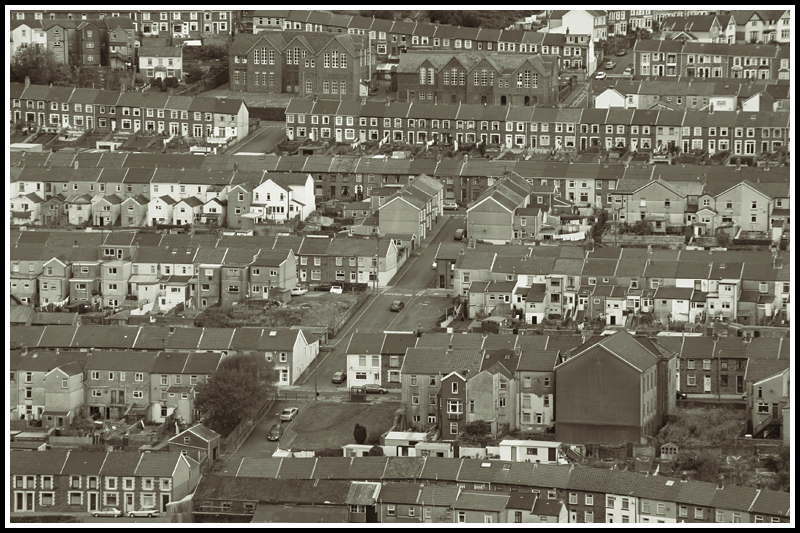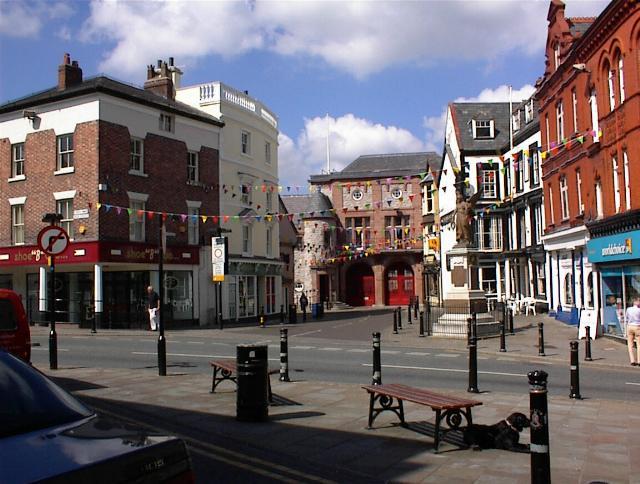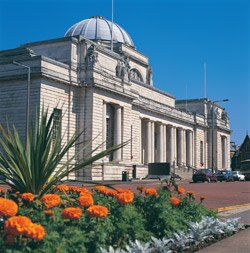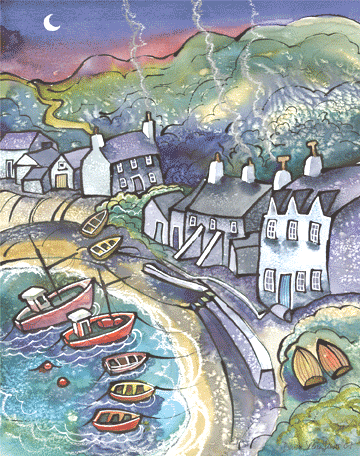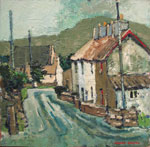Cardiff, Wales, UK, CF24 – 1DL.
Theosophy
and Art
Theosophy
in Art
By
C Jinarajadasa
From Practical Theosophy, first published in 1918
from
lectures delivered in
THE place of
Art in life grows in significance each day as men develop greater faculties of
thought and feeling. The higher the civilisation the more powerful is the
influence of art in it; and the capacity for artistic conception and expression
in a man becomes in many ways the standard of his evolutionary
achievement.
Why this is so we shall see, when we examine what art is from the standpoint of
Theosophy.
Now all our
living leads to action; even in deep meditation a man is acting, and acting in
reality far more vigorously than when he disturbs merely the equilibrium of
physical nature. Each action is the final issue of a series of forces either
mental or emotional. When an action originates in thought, that action is wise
and just where thought has dealt with realities and not falsities; where the
thought has been grounded in truth, and is four-square to
the facts of
nature, the action is right and productive of good to the individual and to the
whole. It is the function of science to produce right action by purifying the
mind and by training it to be true to reality.
The function
of art, on the other hand, is to induce right action through right feeling; and
since art has shown itself to be in many ways a synthesis of man's highest
self-expression, it is obvious that in our human feelings there are ranges of
emotion by means of which we can come to truth swifter than by any
exercise of
even the most discriminating mind. Man in his emotional nature is near to the
brute in some of his desires; yet there are within him certain emotions which
unbar hidden reservoirs of power which makes him absolute master of
circumstance. It is with these finer emotions that art is concerned. The keen
sensibility to the beauty of a sunset synthesises in a moment our past
experiences of life and states them to our emotions in vast, sweeping
generalisations; a phrase of music in a particular mood may give us the glimpse
of a heaven hoped for or lost; the beauty of a human face may lead us whither
all the philosophies lead as they seek eternal verities. And these finalities,
which are stated to us by the highest developments of the intellect, are given
to us equally, and sometimes more profoundly and more truly, by our feelings.
An
understanding of Theosophy explains the process of that right feeling which is necessary
for art. Feeling, looked at from within the man, is a mood; but looked at from
without, is the setting in movement of a finer vehicle, called the astral body.
Upon the purity of material, delicacy of structure, and
pliability of
the astral body, depend the nature of a man's feelings, and therefore his
capacity for art. Theosophy applied to art deals primarily with the
purification and the training of the feelings.
Since the
astral body is dependent for its sensations so largely upon impacts which reach
it through the physical body, the purification of the physical body becomes the
first essential. According to the kind of food eaten is the kind of body; if
the diet contains flesh of any animal, the body acquires a gross
texture which
reacts on the texture of the astral body, the vehicle of feeling; when the food
is pure and refined, the finer texture of the physical body induces purity and
delicacy in the astral. It is true that hitherto some of the greatest artists
have had, from the Theosophical standpoint, gross bodies, and yet they have
been creators of art; but this only means that they would have
achieved
still more, had not something of their creative force been lost in its
transmission through a coarsened physical vehicle. In spite of the over-riding
by will of nature's laws, the general law remains that the purer is the physical body the greater is the
sensibility to feeling, and hence the greater the capacity for art.
Next, the
feelings must be trained to be pure, that is, they must be irresponsive to what
conduces to impurity and keenly sensitive to what harbours, purity. Here at
once the question arises : What is, purity ? Leaving aside the question of what
purity is as a moral virtue, purity in the domain of art means a correct appreciation
of Beauty. What the Ideal Beauty is, which is the unchanging standard, we need
not for the moment consider; for there is already in the world some knowledge
of that Ideal Beauty, and for the practical purposes of life there is no
difficulty in distinguishing the beautiful front the
commonplace
or the ugly. What is important to realise is that, for artistic development,
there must be a continuous communion with Beauty and a definite avoidance of
what is the not-beautiful.. We little realise how the lines in the objects that
surround us in the home and in the streets affect our astral bodies and so our
emotional nature; discords of colour and sound, impurities of line and form:
give a warp to our natures which adds to our moral weaknesses and debilitates
our mental strength. Men find it difficult to be virtuous largely because so
much ugliness surrounds them; just as bacteria in the dust and the air, and
parasites of various kinds, induce many
a disease and diminish the physical vitality of men, so invisibly, but not the
less harmfully, hosts of emotional bacteria, the ugly lines and forms and
colours and sounds, infect our feelings and induce in them a chronic moral
ill-health which saps the vitality of the soul. Civilisation has not yet
awakened to the gravity of this
hidden
contagion; it is taking place all the time, though we are little; aware of it
because we are "used" to it. But it is never the soul's nature to be
" used " to ugliness and evil; the inner constraint shows itself in
outer fractiousness; and, just as a baby's peevishness is to be traced to some
hurt produced in his little body by improper feeding or by some annoyance like
a pin
sticking into
him, so it is with men's tendencies to evil; the visible and invisible
uglinesses in life are responsible for the crimes of men sometimes far more
than their own criminal propensities.
Since every
object around us affects invisibly our capacity for feeling, either by
hardening and coarsening or by making it more sensitive and profound, a practical
understanding of the place of art in life means a thorough reconstruction of
the environment of each man. Specially is that reconstruction necessary in the
case of children, whose astral bodies during their childhood
and youth are
sensitive to outer influences far more than are the astral bodies of grown-up
people. Every object that surrounds
children from the moment of birth should have some touch of beauty; the
lines and curves and colours of walls and ceilings and furniture should
definitely be aimed to influence the child's feelings; ungainly street
hoardings and palings, ugly plots of ground and discordant sounds should all be
banished from our towns for the sake of the children, if not for our own sakes.
We insist on sanitation to preserve the health of the physical body; why should
we not equally insist on a moral sanitation to safeguard the health and
sensitiveness of our finer vehicles ?
Purity of
feeling is thus one element of right feeling; a second element is sympathy. No
feeling is right feeling unless in it there is reflected the larger world of
men's griefs and joys; each feeling, if it is to develop the higher
sensitiveness which produces art, must enshrine in ,it in miniature the similar
feelings of all humanity. There is no such thing as "art for art's
sake", if by
that phrase
is meant that there exists a world of art and beauty irrespective of its
relation to the world of men. The highest art, consciously or unconsciously,
had its roots in men's hearts, though its boughs may lift up their flowers to
heaven; the most abstractly musical phrase of a symphony of Beethoven has yet
its reflex in
our human feelings. The more the artist's feelings widen out in their sympathy
with men's sufferings and hopes and dreams, the vaster is his art horizon, and
the more universally understood his artistic creation.
Hence it
follows that the artist must train his sympathies by observation, by
meditation, by travel, by practical service; while he purposely uses his
purified feelings as the tools of his art, yet must those feelings be supported
by a broad and purified intellect. There could be no greater boon to an artist
than Theosophy, which teaches him what are the universal feelings of men, and
what is that "God's Plan for men", the contemplation of which is a
perennial source of wisdom and purification.
While the
purely artistic development is possible by temperament to only a few, there is
no man or woman or child born who has not some distinct capacity for artistic
feeling and expression. Every effort should be made to rouse in the
child the
dormant tendency to appreciate beauty; not only should he be surrounded by
beautiful objects, he should also be taught how to produce beautiful things.
The energies of his physical body should be taught the meaning of rhythm
through the dance; his eye and brain should be trained by drawing. He should be
taught what are pure tones of sound in speech and in singing, and his
imagination should be trained through poetry and through abstract music. Just
as it is the duty of parents to see that
children have healthy bodies, not less is it their duty to see that their
children have refined tastes too. By placing before the sensitive feelings and
unspoiled natures of children none but
what is in
the best of taste, and only what is best artistically, an immense impetus is
given to the unfolding of the Divine Spirit in man. For art is less a faculty
of the soul than an element of its inmost structure. Just as, in the
evolutionary process, the senselessness of the stone gives way to the
sensitiveness of the plant, and the vague feeling of the plant gives way to the
surging
passions of the animal, and the animal's inchoate thoughts give way in the next
grade to man's coherent thinking, so too man's power of understanding through
the mind is to be made subordinate to knowledge by the Intuition. In most men
this intuition is dormant, or only dimly sensed; the next stage in
human
evolution is to understand life in the full light of the intuition.
Therefore it
is that artistic development becomes supremely necessary for all men; it
enables them to do their life's work by a swifter and completer process - that
of the intuition - than thought can provide them. It is true that the loftiest
thought, by its utter impersonality and when suffused by a desire for
service,
touches the realm of the intuition; the great philosophers especially reveal
the same insight into life's problems which the pure intuition reveals when reflected in art. But it is far
easier to make men pure and sympathetic in feeling than impersonal in thought;
therefore, while science and philosophy are essential for human culture, that
culture is more swiftly developed by appealing to the artistic instincts of
men.
When, by
surrounding men with beauty, and by training them to respond to it, their
intuitions are aroused, they discover a higher and a more lasting truth than
science can reveal to them. The great advantage of the vision of truth by the intuition
is that it is always synthetic; each truth of life discovered by the intuition
is linked to the totality of truth, and man can proceed in his
further
discoveries along a road that has no break nor divergence. The drift of things
is seen clearer, and from a more central point, by the intuition than by the
highest purely mental process.
There is
scarce any such humanitarian influence in life as art, if its inner force is
understood and consciously used. Each feeling which art gives rise to is like
the segment of a circle of universal feeling in which the feelings of all the
rest of humanity too are like segments. Each artistic creation — not the mere
imaginative fancy or tour de force, but the real creation which is as a
window into a
Divine World of Ideas — links the creator to all men; it at-ones him with
humanity.
A soul
capable during life of only one work of art, either in the thought world or in
the emotional realm, has yet linked all humanity with him to that measure of
the artistic capacity in him; while a great poet or painter or sculptor or
musician becomes like an eternal priest of humanity, linking man ever to God.
This at-one-ing quality of art is a force which is as yet but dimly understood
by man; when civilisation everywhere is instinctively artistic, then
un-charitableness and enmity must utterly vanish, since to love art is to love
that Totality of which each of us is but an infinitesimal fraction.
Lastly, there
is through artistic development a discovery that utterly revolutionises the
life of the discoverer. True art, as already explained, is born where there is
purity of feeling and sympathy; and when art becomes creative there results a
lofty impersonality. The result achieved of "casting out the self" by
scientific thought is also achieved by the artist while he creates; all great
artists concur that at the supreme moments of inspiration all thought and sense
of their little selves are swept away. When the little self of the artist is
thus swept away, there steps into his life for the moment a larger Self, an
indescribable Personality. It is the discovery of this Personality, who is
master of his craft and infallible in his wisdom, which is the great
event in the artist's life. It is the artist's
"salvation", that realisation of man's eternal safety and of his
imperishable nature which religions try to give through ecstatic contemplation.
Perhaps it is only at a few moments of his
creative life
that the artist makes the great discovery; but each moment of discovery is as a
milestone in his unending artistic career, and to have even for once known that
Personality is thenceforth to see all life with "larger, other eyes"
than are possessed by men.
The artists
who have this vision are "not of an age but for all time," and an Ideal
World hovers round them, shedding its many-hued gleams on the drab events of
this mortal world. That world is always around us, though only the great
artists can tell us what it is in its grandeur and totality. Yet each man can
gain a
glimpse of it, in so far as he trains his feelings to be pure and radiating
with understanding and sympathy. A child with his integrity of heart and
innocency of hands, may gain a glimpse of that world, becoming for the time
truly an artist; gleams of it are seen in the colour of the clouds, in the blue
of the sea and in the roar of the waves. The mountain ranges mirror it, and in
every lake
and pool, and in the fields at eventide, and in forest, and in thicket, that
world looks into our hearts and minds. The face of friend and beloved is a
mirror of it; the harmonies of music tell us ofit with an almost maddening
insistence. The great Reality, in which our immortal natures are rooted, is not
far away, to be realised perhaps - who knows ? — only after death; it is here, and
now, the source of every solace as it is too the cause of all pining and death.
And Art has the key to open the door to it, to all who seek that door.
206 Newport Road,
Cardiff, Wales, UK, CF24
-1DL
Try these links for
more info about Theosophy
Cardiff Theosophical Society meetings are
informal
and there’s always a cup of tea afterwards
The Cardiff Theosophical Society Website
The
National Wales Theosophy Website
Theosophy Cardiff’s Instant Guide to Theosophy
Theosophy Cardiff’s Gallery of Great Theosophists
Dave’s Streetwise Theosophy Boards
The Theosophy Website that welcomes
If you run a Theosophy Study Group,
please
feel free to use any material on this
Website
This is for
everybody not just people in Wales
Independent Theosophy Blog
The Most Basic Theosophy
Website in the Universe
A quick overview
of Theosophy
and the Theosophical Society
If you run a
Theosophy Study Group you
can use this as an introductory handout.
One liners and quick explanations
About aspects of Theosophy
The Voice of the Silence Website
An
Independent Theosophical Republic
Links
to Free Online Theosophy
Study
Resources; Courses, Writings,
The main criteria
for the inclusion of
links on this
site is that they have some
relationship
(however tenuous) to Theosophy
and are
lightweight, amusing or entertaining.
Topics include
Quantum Theory and Socks,
Dick Dastardly and Legendary Blues Singers.
An entertaining introduction to Theosophy
Camberley, Surrey, England, GU15 2LF
Concerns about the fate of animals as
this spiritual retreat
& sanctuary for wildlife is sold to a developer
Tekels Park,
Camberley, Surrey, England GU15 – 2LF
Article
describing Tekels Park and its much
cherished
wildlife by Theosophist and long
term Tekels Park Resident Madeleine Leslie Smith
It’s all “water
under the bridge” but everything you do
makes an imprint on
the Space-Time Continuum.
A selection of
articles on Reincarnation
Provided in
response to the large number
of enquiries we
receive on this subject
Within the
British Isles, The Adyar Theosophical Society has Groups in;
Bangor*Basingstoke*Billericay*Birmingham*Blackburn*Bolton*Bournemouth
Bradford*Bristol*Camberley*Cardiff*Chester*Conwy*Coventry*Dundee*Edinburgh
Folkstone*Glasgow*Grimsby*Inverness*Isle
of Man*Lancaster*Leeds*Leicester
Letchworth*London*Manchester*Merseyside*Middlesborough*Newcastle
upon Tyne
North
Devon*Northampton*Northern Ireland*Norwich*Nottingham
Perth*Republic of
Ireland*Sidmouth*Southport*Sussex*Swansea*Torbay
Tunbridge
Wells*Wallasey*Warrington*Wembley*Winchester*Worthing
No
Aardvarks were harmed in the
The Spiritual Home of Urban Theosophy
The Earth Base for Evolutionary Theosophy
____________________________________
A B C D EFG H IJ KL M N OP QR S T UV WXYZ
Complete Theosophical Glossary in Plain Text Format
1.22MB
___________________________
Classic Introductory
Theosophy Text
A Text Book of Theosophy By C
What Theosophy Is From the Absolute to Man
The Formation of a Solar System The Evolution of Life
The Constitution of Man After Death Reincarnation
The Purpose of Life The Planetary Chains
The Result of Theosophical Study
_____________________
Preface to the American Edition Introduction
Occultism and its Adepts The Theosophical Society
First Occult Experiences Teachings of Occult Philosophy
Later Occult Phenomena Appendix
Preface
Theosophy and the Masters General Principles
The Earth Chain Body and Astral Body Kama – Desire
Manas Of Reincarnation Reincarnation Continued
Karma Kama Loka
Devachan
Cycles
Arguments Supporting Reincarnation
Differentiation Of Species Missing Links
Psychic Laws, Forces, and Phenomena
Psychic Phenomena and Spiritualism
We can learn something from these guys
(The universe exists for a while and then sort of
doesn’t)
Outline of the Creation Process
There is no Dead Matter in the Universe
The Divine Spark in Everything
The 10 rungs on the Ladder of Life
The Sevenfold Constitution of Man
Yes, we all operate at 7 levels
(or
shouldn’t be)
(You do take some things with you but sadly not your
money)
(The Energy Driving the Universe)
We haven’t always looked like this
H P Blavatsky is usually the only Theosophist most
people have ever heard of. Let’s put that right.
on Dave’s Streetwise Theosophy Boards
Try these if you are looking
for a
local Theosophy Group or
Centre
UK Listing of Theosophical Groups

General pages
about Wales, Welsh History
and The History
of Theosophy in Wales
Wales is a
Principality within the United Kingdom
and has an eastern
border with England.
The land area is
just over 8,000 square miles.
Snowdon in North
Wales is the highest mountain at 3,650 feet.
The coastline is
almost 750 miles long.
The population of Wales as at the 2001 census is 2,946,200.
_______________________________
Cardiff, Wales, UK, CF24 – 1DL.
____________________________
Cardiff Theosophical
Society in Wales
Cardiff, Wales, UK. CF24 – 1DL
_________________
Wales Picture Gallery
The
Great Orme
Llandudno
Promenade
Great
Orme Tramway
New
Radnor
Blaenavon
Ironworks
Llandrindod
Wells
Cardiff
Theosophical Society in Wales
Cardiff, Wales, UK. CF24 – 1DL
Presteigne
Railway
Caerwent Roman Ruins
Denbigh
Nefyn
Penisarwaen
Cardiff
Theosophical Society in Wales
Cardiff, Wales, UK. CF24 – 1DL
.
